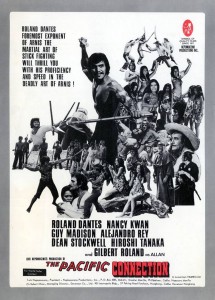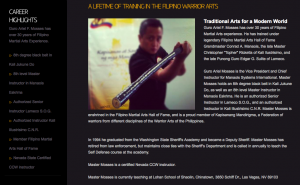
Roland Dantes plays an avenging hero, who defeats the forces of oppression with the power of Arnis! Roland Dantes plays Ben, a farm boy who comes into conflict with the Evil Spanish Governor and his two sons. One of the sons is played by a young Dean Stockwell. To assist in their oppression the Governor hires a Samurai played by Hiroshi Tanaka to teach his son the Japanese Katana sword. To counter this, Ben studies under a blind Franciscan monk to obtain some advanced fighting secrets and develop his warrior senses. Additionally Ben must search for the legendary “Iron Reed”. A mystical stick so strong that grows in the lava of an active Volcano. One of the first full length movies featuring the Philippine Warrior Arts. A must see for any Filipino Martial Arts practitioner. Made in a similar spirit of the “Kung Fu” movies coming out of Hong Kong at the same time in the 1970′s. The fight scenes were choreographed by Professor Remy Presas himself and is jam packed with Arnis inspired fight scenes. Dean Stockwell learned Arnis for his role and continued his Arnis practice long after the filming was over. The success of this movie led to a follow up film “Arnis: Sticks of Death” in 1984 also starring Roland Dantes. Director: Luis Nepomuceno Country: Philippines Language: English Release Date: 1974 (Philippines) Stars: Roland Dantes, Dean Stockwell, Hiroshi Tanaka, Nancy Kwan, Guy Madison, Alejandro Rey, Gilbert Roland, Elizabeth Oropesa, Fred Galang, Gloria Sevilla, Vic Diaz, Cole Mallard … [Read more...]

















